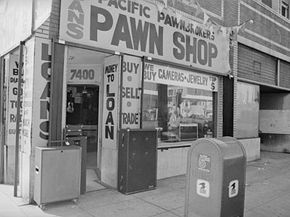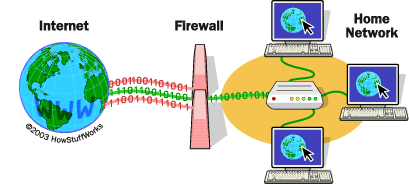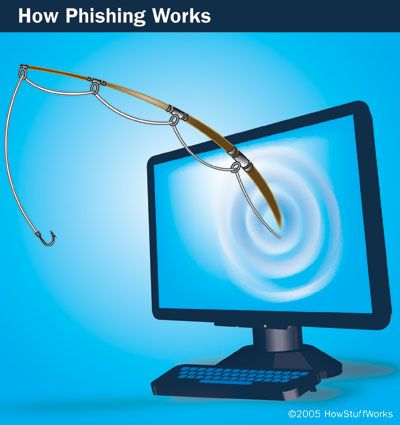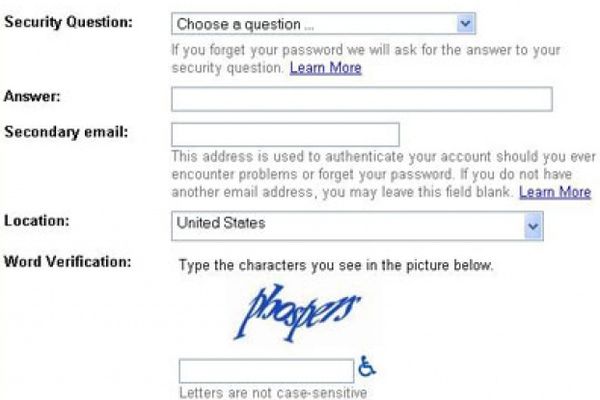For many, the online auction site eBay.com is the perfect place to find a treasure trove of hard-to-find products and collectibles. Whether you're on the lookout for an old, discontinued camera or you collect antique glass, chances are good you'll find what you're looking for. Of course, the site's also perfect for sellers, too -- anyone who wants to get rid of their used and unwanted goods to eager buyers willing to part with buckets of cash shouldn't have a hard time doing so. As the saying goes, "One man's trash is another man's treasure."
Online auction sites like eBay are popping up everywhere -- even other Web sites like Amazon.com have added auctioning capabilities to parts of its services. Auctions have become so popular that it's become second nature for many searching for goods to head straight for the Internet to search until the desired product is found. After a few clicks and a close eye on the bidding process, a buyer can have nearly anything delivered to his doorstep within a week. On top of this, Web site classifieds like craigslist.com offer even more stuff up for grabs over the Internet on a "buy-it-now" basis.
Advertisement
But as these businesses have grown and gained popularity, security issues have also surfaced. Fears over identity theft, account theft, phishing (typically sending out fake e-mails that copy the appearance of trustworthy Web sites in order to dupe unsuspecting customers into giving out sensitive information) or buying faulty or broken products have always been a problem for eBay. One of a bidder's worst nightmares is spending lots of money on an item, only to receive the wrong product or nothing at all.
Another security issue that's currently plaguing retail businesses that produce goods that often find their way onto secondary markets is the crime known as eFencing. What exactly is eFencing, and what does it mean to be a "fence"?
Advertisement





